Forms of Precipitation
Water that has condensed and has actually fallen to the ground either in liquid or solid form is called precipitation. The liquid forms of precipitation are dew, rain, and drizzle, while the solid forms are snow, sleet, hailstones (or hail) and glaze
Dew is the name we give to droplets of water which condense at ground level. They occur at cold chilly nights when the ground loses its heat rapidly by radiation. Dew normally falls grass lawns, tree tops, buildings or objects left outside overnight, and is found early in the morning.
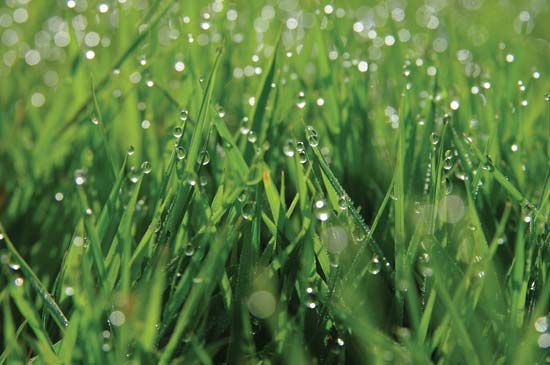
CreditRain is the most widespread and most important form of liquid precipitation. its water droplets are large, usually over 0.5mm in diameter. Beyond 0.05mm inter-molecular cohesive forces become too weak to hold the mass of water together as a single drop. Freezing rain occurs when the falling water makes contacts with a surface having a temperature of below 0° Celsius. Upon contact with this surface, the rainwater quickly turns into ice.
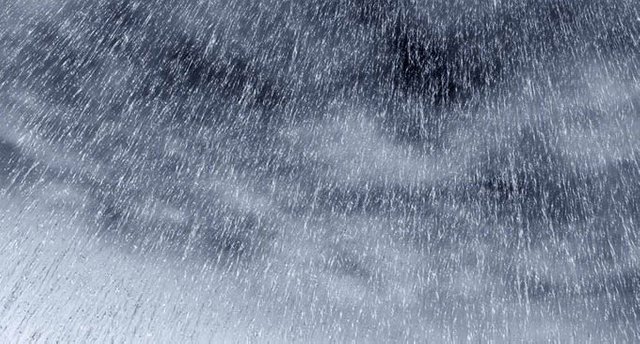
CreditDrizzle is a very light shower of very small liquid water droplets. The diameter of each droplet is usually between 0.1mm and 0.5mm, smaller than raindrops. Drizzle is sometimes mistaken for rainfall because of the slight similarity.
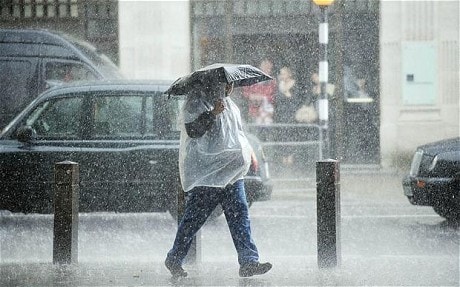
CreditSnow is the most commonest form of precipitation. It occurs in temperate lands during winter and on high mountain tops outside this region. When the air in the cloud is cooled below freezing point (0° Celsius), the water particles freeze into crystals which together fall in white flakes called snow. It accumulates on the ground like heaps of salt and is very pleasant to see from inside the house or while flying over high mountains. Being outside in it is not quite the same. Snow fall is associated with temperate and polar regions.
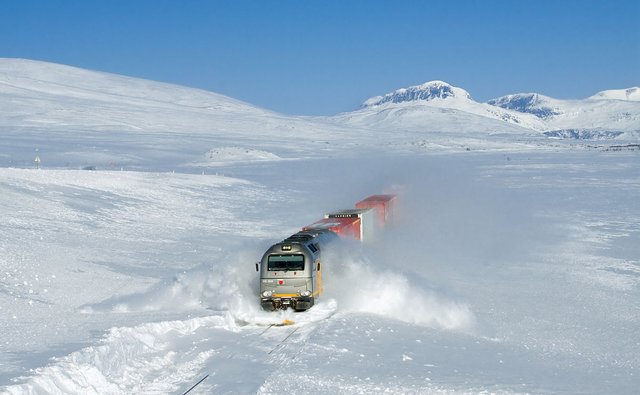
CreditWhen a mixture of rain and snow falls, it is called sleet. Sleet occurs mostly in temperate lands.
Hailstones are large pellets of ice, ranging from 1cm to over 5cm in diameter, which fall like a shower of bullets from the clouds. They are capable of breaking windows made of glass, destroy light buildings and even kill small animals.
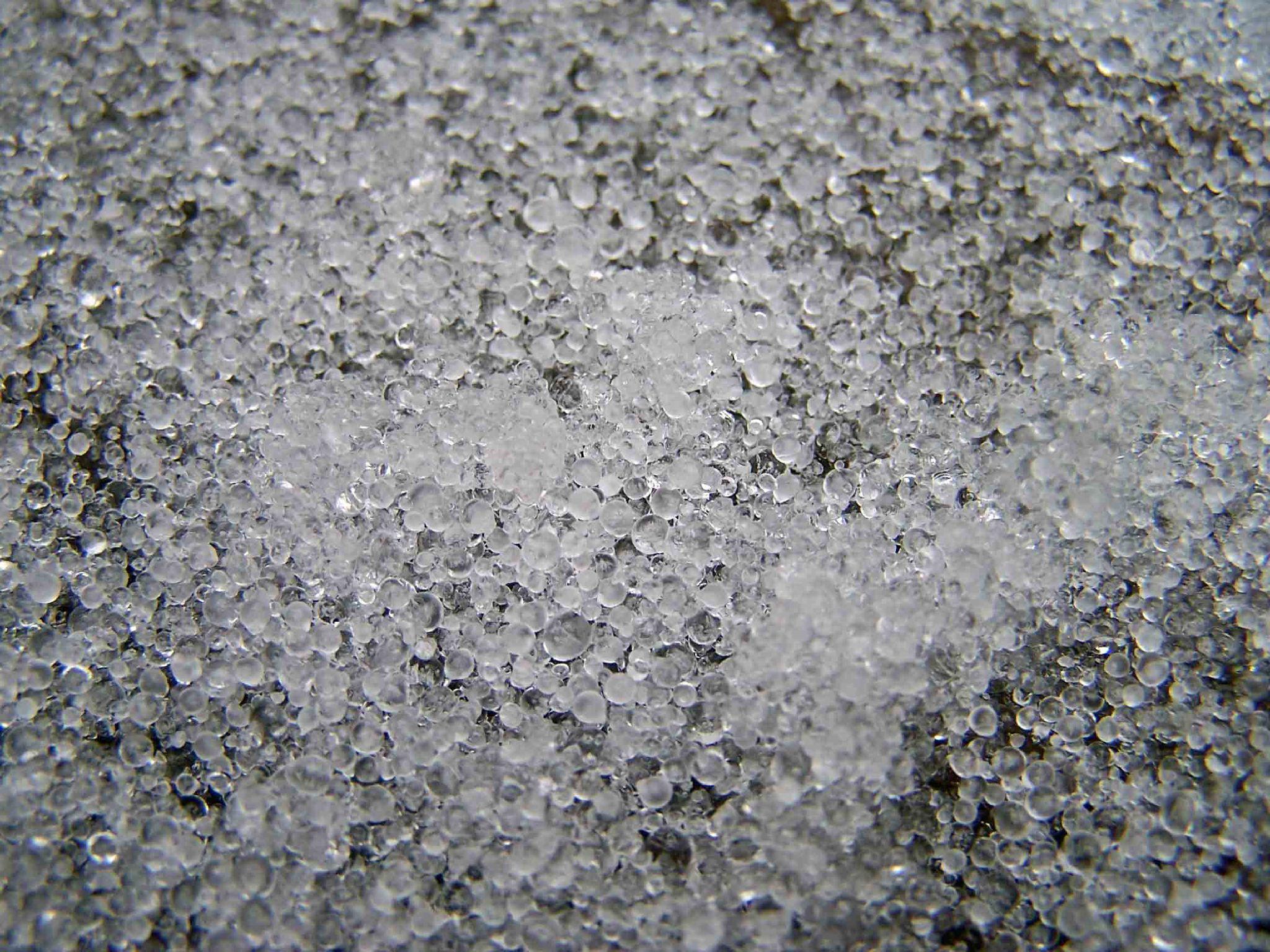
Credit
Hailstones are formed where strong convection air currents push water vapour rapidly very far up into the atmospher where the temperature is below freezing point. The water vapour in the air currents is suddenly super cooled and quickly freezes into large lumps of ice which fall as hailstones. This obtains particularly in tropical lands or mid latitude continental interior.When rain falls on an already frozen ground, the rain immediately freezes into clear ice after striking the ground. This forms a coat of ice over the ground, known as glaze. Glaze occurs mostly in cold countries and in winter.
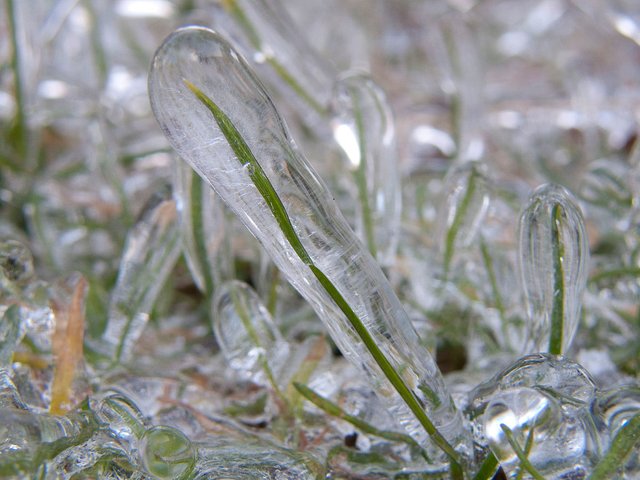
Reference
http://www.physicalgeography.net/fundamentals/8f.html
https://www.nationalgeographic.org/encyclopedia/precipitation/
https://eo.ucar.edu/basics/wx_2_b.html
https://en.wikipedia.org/wiki/Precipitation
You received a 80.0% upvote since you are a member of geopolis and wrote in the category of "geopolis".
To read more about us and what we do, click here.
https://steemit.com/geopolis/@geopolis/geopolis-the-community-for-global-sciences-update-4
If you do not want us to upvote and comment on your posts concerning earth and earth sciences, please reply stop to this comment and we will no longer bother you with our love ❤️